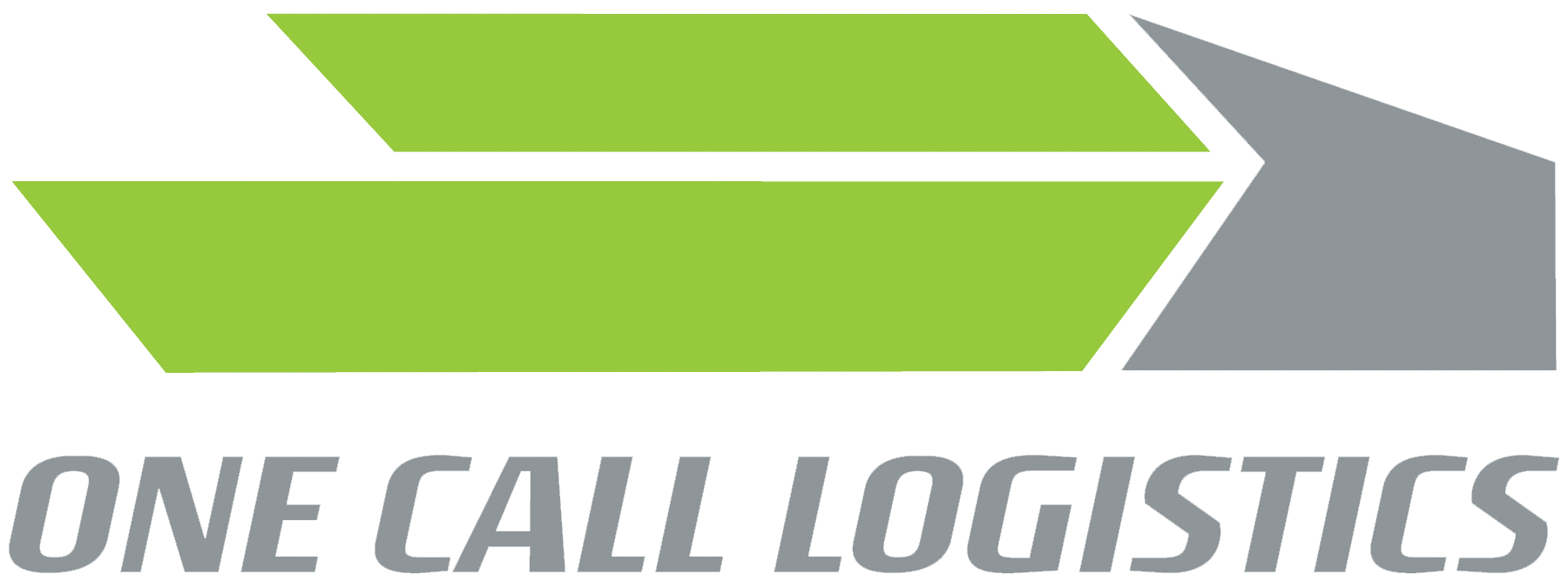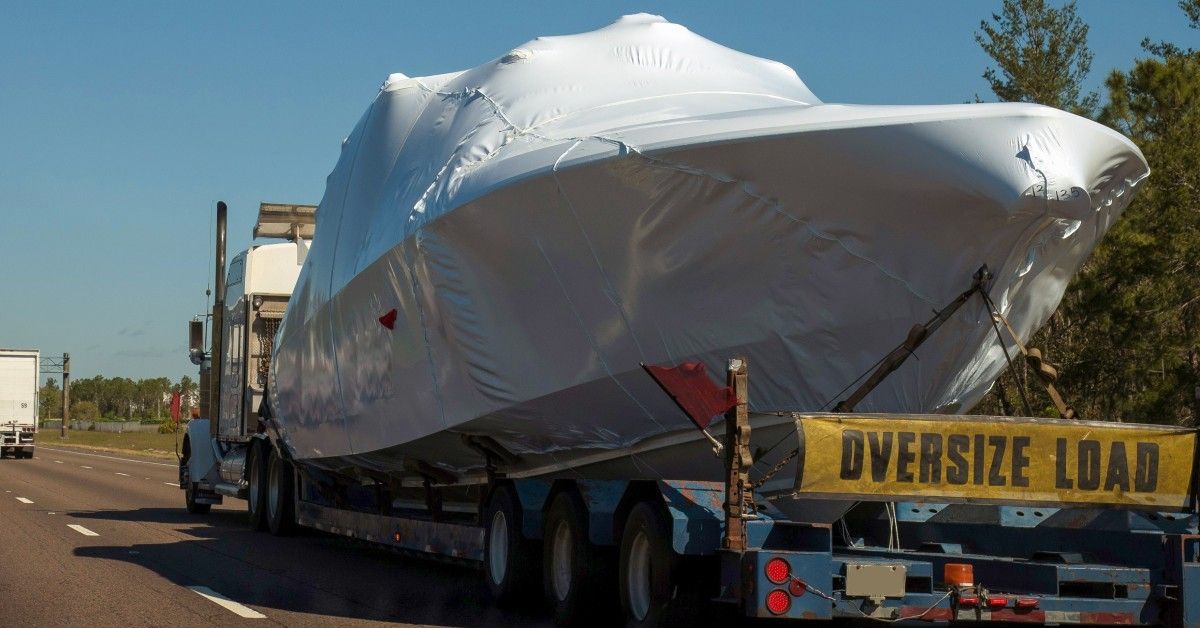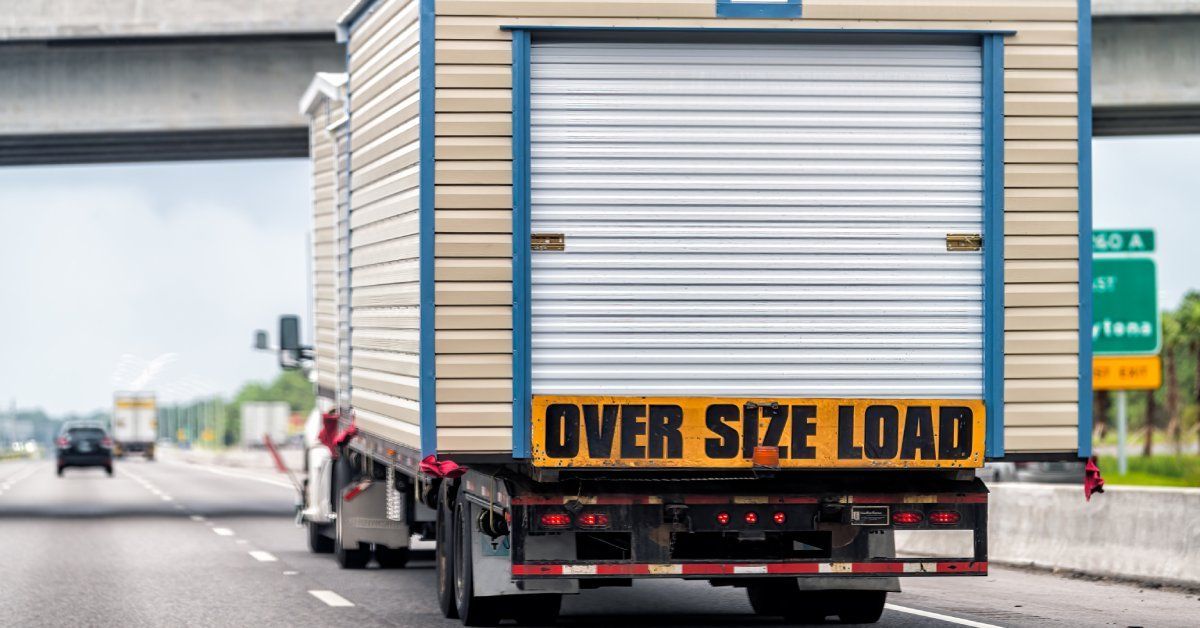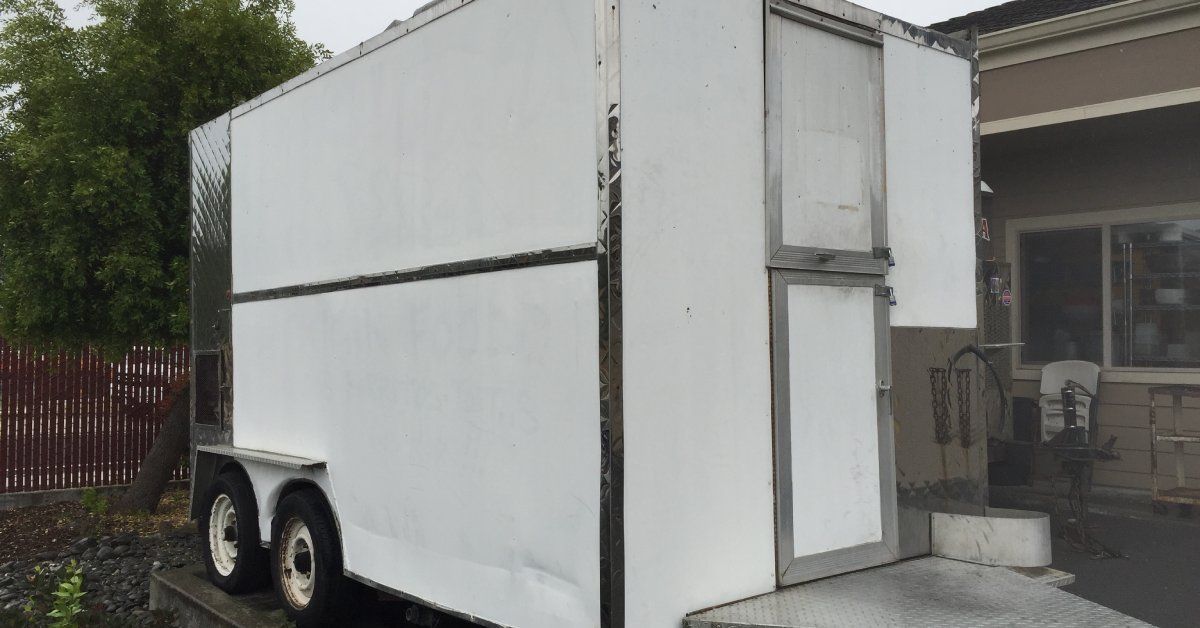Best Practices for Transporting Medical Supplies

Medical supply transport must be speedy for the sake of the people who need the cargo. Whether it’s temperature-sensitive vaccines or high-value surgical equipment, these deliveries require high attention to detail. A single delay or misstep can compromise product integrity or endanger patient outcomes.
Successful delivery depends on strategic planning, specialized handling, and compliance with a web of regulations. More than anything, it requires a logistics partner that understands what’s at stake. Here’s a closer look at the best practices for transporting medical supplies.
Assess Shipment Requirements Early
Before a shipment leaves the warehouse, a comprehensive assessment of each item is necessary. Classify supplies as fragile (e.g., glass vials), temperature-sensitive (like vaccines requiring cold chain management), hazardous (chemical reagents), or bulky (large medical devices).
Classification informs decisions, such as choosing insulated packaging or reinforced crates. For instance, fragile samples require cushioning materials, such as foam inserts, while hazardous materials necessitate clear hazard labeling and compliance with Department of Transportation (DOT) regulations.
This planning phase should begin at least 48–72 hours in advance of the pickup, allowing sufficient time to arrange specialized vehicles, obtain necessary permits, and prepare required documentation. Early coordination reduces the risk of last-minute surprises that could jeopardize shipment integrity.
Optimize Temperature Control and Handling
Maintaining temperature stability is paramount for many medical products. Vaccines typically require strict cold chain conditions, maintaining a temperature range of 2–8°C, while some biologics may require deep freeze temperatures of below -20°C.
Packaging methods vary, including refrigerated containers with built-in temperature regulation, insulated boxes with phase-change gel packs, and dry ice shipments, which are common solutions. Additionally, placing temperature data loggers inside packages provides concurrent monitoring and post-delivery validation.
Handling protocols exist to minimize cargo’s exposure to temperature fluctuations, which include avoiding unnecessary container openings, limiting vibration, and securing placement within vehicles to prevent shifting. Continuous monitoring throughout transit enables an immediate response if temperatures deviate, preserving the efficacy and safety of the products.
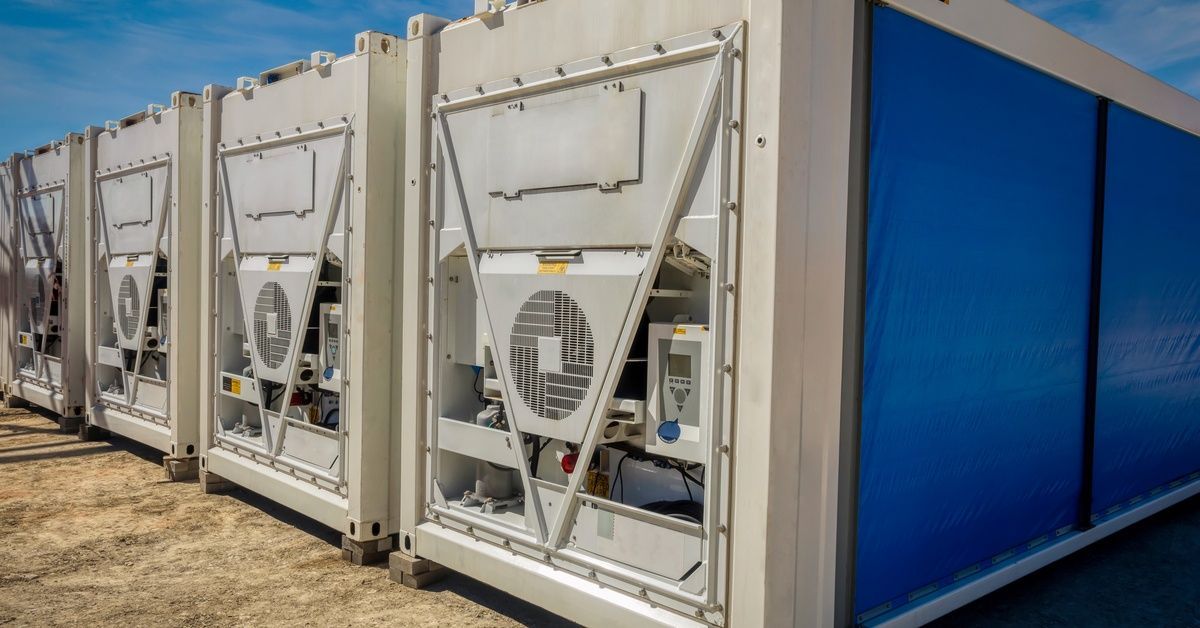
Develop a Contingency-Focused Route Plan
Efficient route planning requires anticipating potential disruptions. Time-sensitive shipments, such as organ transport or emergency medications, benefit from direct, non-stop routes with few transfer points.
For long distances, plan at least one alternative route per 100 miles to circumvent traffic congestion, road construction, or adverse weather conditions. Incorporating buffer time—typically an additional hour for every 300 miles—helps to absorb unexpected delays without compromising delivery windows.
Utilizing GPS-enabled tracking systems provides visibility into present conditions, allowing logistics teams to reroute shipments, reduce risks, and guarantee supplies arrive on time.
Secure the Chain of Custody
Security throughout the transport process protects against theft, tampering, or loss. Sealed and tamper-evident packaging is the first line of defense against sensitive and regulated items. Documentation accompanies the shipment, including detailed manifests, bills of lading, and chain-of-custody forms, which must be signed at every handoff.
Barcode scanning, RFID tagging, and GPS tracking provide timestamps and location data at critical points. Maintaining an unbroken chain of custody up to delivery acceptance by authorized personnel is particularly important for controlled substances, investigational drugs, or high-value medical devices.
Protect Against Damage and Contamination
Medical shipments are vulnerable to more than just breakage. Moisture, dust, or vibrations can compromise sterile items if improperly packed or handled. Safe stacking techniques, sealed packaging, and climate-conscious loading and unloading procedures reduce these risks.
Lab reagents, for example, must be in moisture-resistant containers and travel in dry, temperature-stable conditions to preserve their integrity. Avoiding exposure during transfer—especially in extreme heat, cold, or humidity—is just as important as the transport method itself.
Transport crews should also be trained in contamination prevention protocols. Wearing gloves may be necessary for handling sterile materials, while loading areas should remain clean and ventilated to prevent contamination.
If vehicles are used for multiple shipments, interior surfaces must be sanitized between loads to prevent cross-contamination. Taking these extra precautions guarantees the safety and efficacy of medical supplies from the moment they leave the warehouse to their final delivery point.
Use Appropriate Transport Equipment
Medical supplies require more than a standard cargo van. Depending on the shipment’s contents, transport may call for liftgates to load heavy crates, enclosed trailers to prevent exposure to the elements, or refrigeration units to preserve temperature-sensitive items. Shock-absorbing features and air-ride suspension can also protect fragile instruments or lab materials from damage during transit.
Selecting the right equipment requires a lot of forethought. Shipments of different sizes or sensitivities demand tailored solutions. For example, delivering a full pallet of sterile IV fluids requires different specs than transporting a small, fragile vaccine sample. A logistics moving company plays a central role in securing and coordinating specialized equipment so that every detail is right.
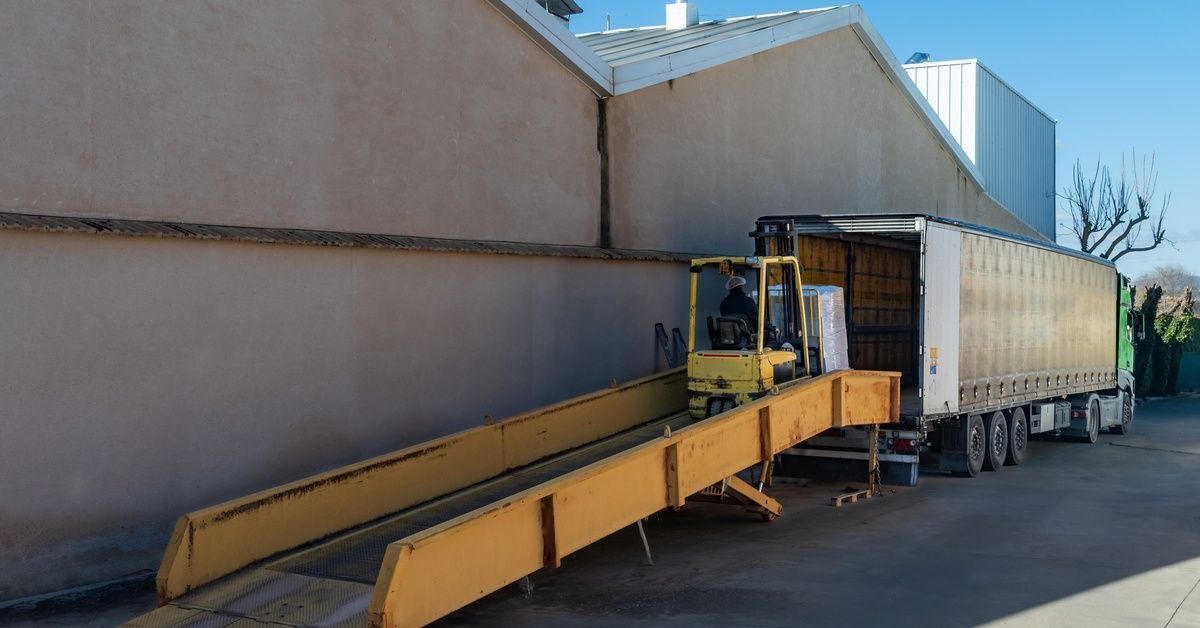
Plan for Last-Mile Delivery and Access
Even a perfectly managed long-haul shipment can fall apart in the final stretch. Last-mile delivery presents the greatest logistical challenge, most notably in rural areas or congested urban zones. Narrow streets, gated facilities, or hospitals with strict access protocols all demand forethought and flexibility.
Timing is equally important. Coordinating delivery windows with receiving clinics, pharmacies, or laboratories ensures that shipments arrive when staff are available and storage units are accessible.
Communication between drivers, dispatch teams, and client facilities minimizes missed handoffs and reduces the risk of spoilage or delays. With a national network of logistics professionals, it’s easier to manage remote or complex delivery points.
Maintain Clear and Proactive Communication
Successful medical transport hinges on consistent, transparent communication. Logistics teams should provide simultaneous updates on shipment location, estimated arrival times, or delays, especially when transporting time-sensitive items.
Clear lines of communication prevent confusion, foster trust with health care clients, and facilitate the swift resolution of unexpected issues. Whether confirming arrival windows or rerouting around weather disruptions, a responsive logistics partner keeps everyone informed.
Choose a Trusted Logistics Partner
Working with a trusted logistics provider is vital for success when so many variables are at play. This partner should offer a nationwide reach, access to specialized transport equipment, familiarity with regulatory requirements, and a reputation for transparency and reliability. They build solutions tailored to the demands of your shipments.
That’s where One Call Logistics comes in. With years of experience coordinating the movement of complex freight across 28 US states, we understand the best practices for transporting medical supplies. We manage every detail, from precision route planning to specialized handling and timely communication, so you don’t have to.
When it comes to transporting high-stakes cargo, don’t leave it to chance. Partner with a team that makes coordination simple, efficient, and secure. Contact One Call Logistics today to get started.
